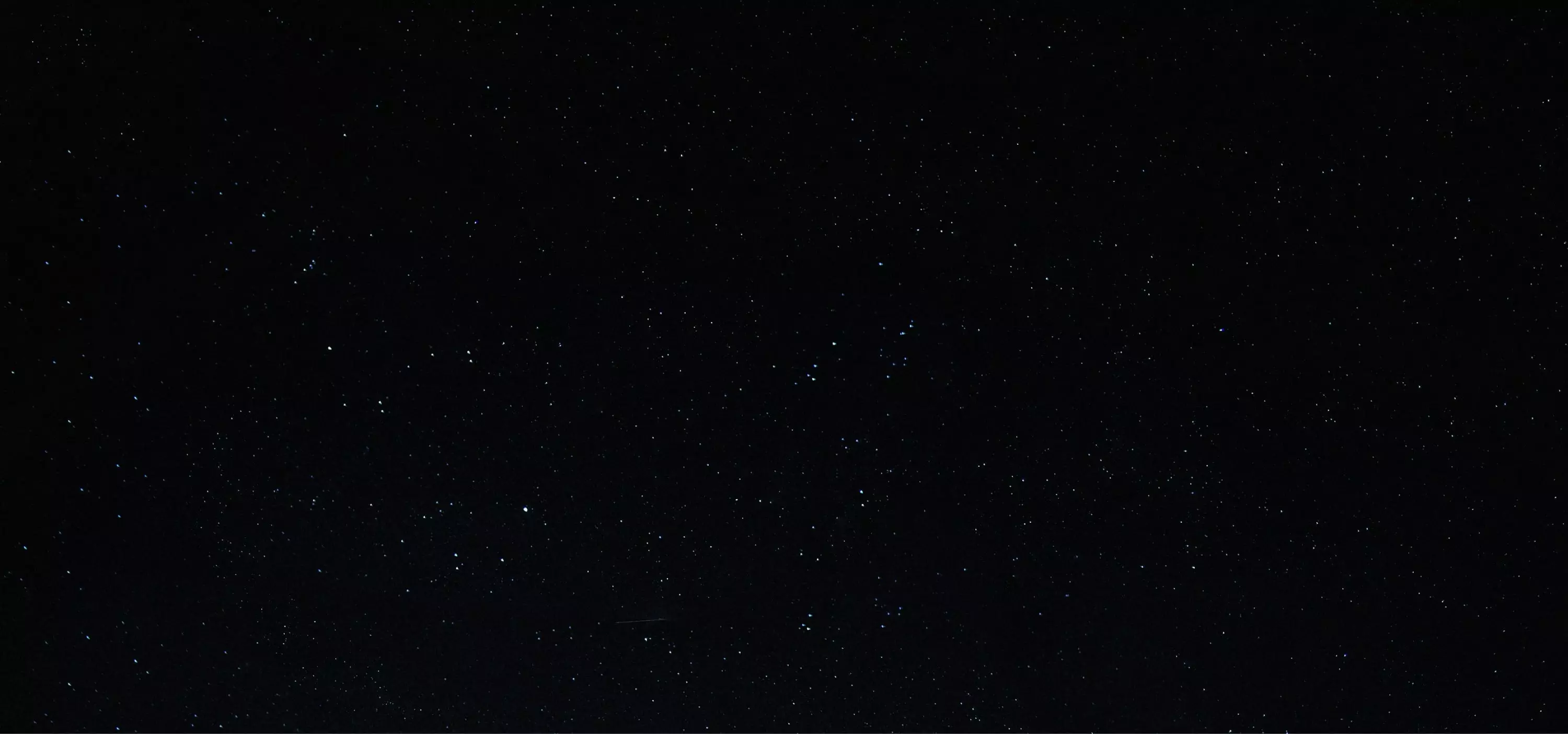THE LAKHTA CENTER IS A NEW HEIGHT IN EVERY SENSE. IT IS THE FIRST SKYSCRAPER IN ST. PETERSBURG, THE TALLEST IN EUROPE AND THE NORTHERNMOST IN THE WORLD. IT IS A NEW CITY EMERGING ON THE COAST OF THE GULF OF FINLAND AWAY FROM THE HISTORICAL CENTER. IT IS A BREAKTHROUGH IN TECHNOLOGIES AND INNOVATIONS MADE BY A GLOBAL INTERNATIONAL TEAM HEADED BY RUSSIAN SPECIALISTS.
Symbol of the city
For centuries, St. Petersburg, with its brilliant heritage, has been able to successfully combine a rich history and a bold experiment. The city’s magnificent architectural works of the past have always stood side by side with the latest technology, be it electric lighting of bridges and streets, telegraphy or railway transport.
The urban landscape of St. Petersburg is known for its horizontal silhouette highlighted by separate vertical landmarks that drive the development of the continuous city fabric, bringing together such important aspects of life as religion, business, communications, and energy. The spires of the Peter and Paul Cathedral, the Admiralty, the TV Tower, and the Lakhta Center skyscraper contribute to the unique silhouette of the city.
SOARING INTO THE FUTURE

Photo Feed
Take photos and post them on social media with hashtags #лахтацентр or #lakhtacenter and take part in our photo contests. The best photos will be posted in the Lakhta Center accounts.
At a new Height
You can appreciate the scale of the building and its integral link with the city as soon as you take an elevator to the Lakhta Center observation deck, which delivers a panoramic sight of St. Petersburg from a unique height. This is a possibility to feel the spirit of the great city and the energy of its constant development.
To examine the city in every detail, you can either enjoy the gigapixel panoramas that were shot from technical floor 87 of the Lakhta Center tower or buy a ticket for a tour of the Lakhta Center’s public spaces.
